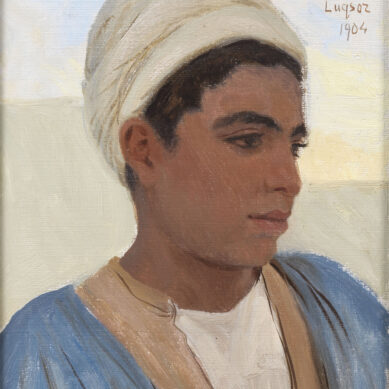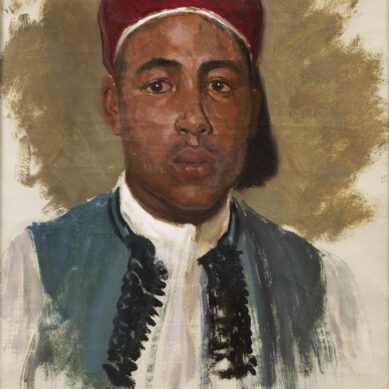You searched
Painter
Stefan Bakałowicz
Are you interested in the sales or the purchase of his artworks?
We buy works of this artist
and of other painters and sculptors from the 16th century to the first half of the 20th century
The Berardi gallery offers a free and without obligation service for evaluation of ancient and modern art . To find your way in the art market, very complex and full of nuances, it is better to rely on a professional consultant who can answer fast and concretely to your needs. The clarity of the answers will resolve effectively the need to estimate or sell an asset.
Contact us immediately without commitment
Answers also in 24 hours:
Stefan Bakałowicz
Stefan Bakałowicz
Born in Warsaw in 1857, Stefan Bakalowicz started painting at an early age thanks to his father Wladislaw, a genre painter. A child of art, his mother being the theatre actress Wiktoryna Bakalowiczowa, he began his artistic training in 1874 with the landscape painter Wojciech Gerson, continuing in 1876 at the Academy of Fine Arts in Warsaw.
Between 1876 and 1882, he attended the Imperial Academy of Fine Arts in St. Petersburg, obtaining a scholarship that enabled him to move first to Paris, becoming a pupil of Jules Lefèvre, and then to Rome (unpublished manuscript heirs Bakalowicz).
Although his artistic career was characterised by multiple journeys, it was to the Eternal City that he returned several times, until he chose to remain there for the rest of his life together with his wife Giuseppina Aloisi. In Rome, he became part of the circle of Polish painters, including Henryk Siemiradzki, with whom he shared a fascination for Antiquity and a predilection for the neo-Pompeian genre, set in the Rome of the Caesars.
The Exotic also stimulates the artist’s creative inspiration, who feels an intense fascination towards faraway places, as shown in the work with Indian setting Morning Symphony, so evocative that it appears to have been painted from life.
His first trip to Algeria dates back to 1883, followed in 1903 by explorations in Egypt and Tripoli, from which a series of works such as Tripoli’s Last Houses by the Sea, Under the Pyramid of Chephren, Sudanese Head, which were presented at the Paris Colonial Exhibition in 1931 with great success. Part of this distinctly Orientalist corpus are the three portraits on display in the exhibition: they are young Egyptian men, as suggested by the inscription in the upper right-hand corner of the painting (“Luqsor”, or “Luxor”, a city on the east bank of the Nile). Attention to detail and also an ethnographic interest guide the artist’s awareness of the Egyptian universe (Humbert 1989). His production with both exotic themes and those inspired by ancient Rome always has a high formal quality that is highly appreciated on the international market, particularly in Russia where the artist continues to send works to his collectors over the years. After gaining significant success until the early 20th century, he slowly started to retire in 1936. He died in Rome in 1947 at the age of ninety.
Gilda Soriente
Bibliography
J.M. Humbert, L’Egyptomanie dans l’art occidental, Courbevoie: Art Création Réalisation – ACR, 1989.










